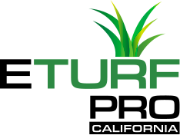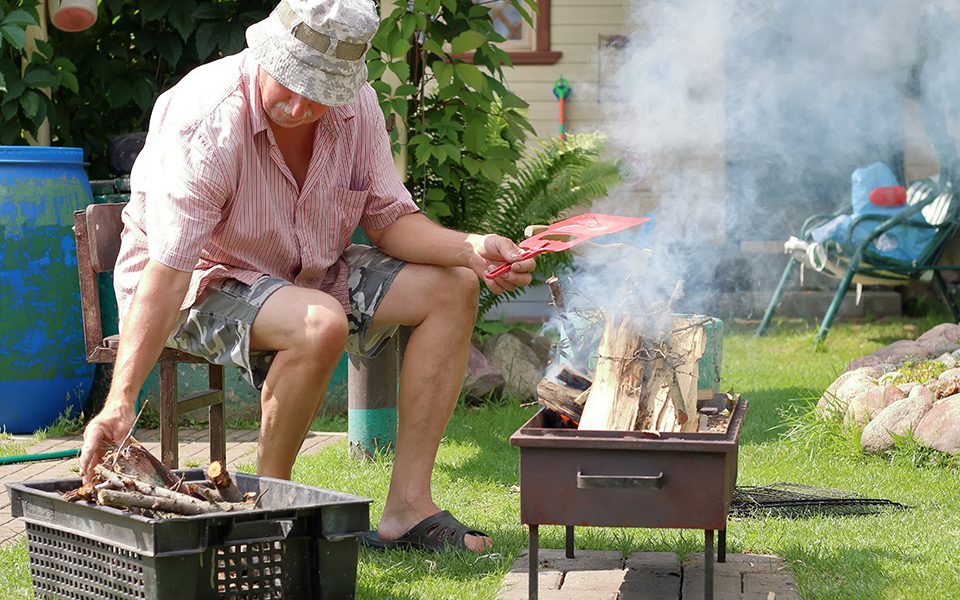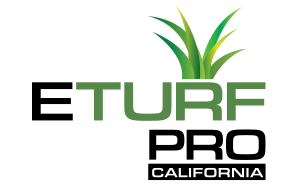Bonfire Night Dos and Don’ts for Artificial Grass Owners
Bonfires are a traditional way of celebrating chilly autumn evenings and Guy Fawkes Night, otherwise known as Bonfire Night.
While this is an exciting tradition, as families gather together to enjoy fireworks and sparklers, it can be potentially dangerous for homeowners with artificial grass in their gardens. Fires can damage synthetic turf, ruining its appearance and wearability.
The information below will ensure artificial grass owners have the most enjoyable and safe Bonfire Night experience. This article will cover best practices for preparing your garden, setting up your bonfire, and having the best possible time while keeping your artificial grass looking its best come morning.
With these comprehensive tips, you will be able to host an unforgettable Bonfire Night that your friends and family will talk about for years to come. So, let’s get started!
Don’t Light Bonfires on Your Synthetic Lawn
Synthetic turf is not flammable, but the synthetic fibers used in its construction will melt when exposed to fire or high temperatures.
Melting can permanently damage the turf and ruin its aesthetic appearance, not to mention that the heat generated by the fire could cause it to become brittle and break down. So to preserve your artificial grass, keep bonfires away from synthetic lawns altogether.
The safest place to light a bonfire is on hard surfaces such as concrete, flagstones, or gravel. Keeping the fire at least 10 meters away from combustible materials, like synthetic turf, wooden fences, and garden furniture, is essential.
Don’t Light Fireworks on Your Artificial Turf
Fireworks contain sparks that can fly off their trajectory, setting fire to combustible materials. Again, synthetic turf can melt if exposed to high temperatures or sparks, so it is also best to keep fireworks away from artificial lawns.
When setting off fireworks, aim them away from flammable surfaces and ensure your guests stay away from the ignition source. To ensure everyone’s safety, it is best to assign someone to supervise the fireworks and ensure they are set off correctly.
Now, since you intend to have fun, you can try different and much safer fireworks alternatives. Consider confetti cannons or glow sticks to light up the night sky. These are super safe because no heat is generated, and no sparks can set fire to anything nearby.
Don’t Use Sparklers While Standing on the Synthetic Lawn
Sparklers are fun and exciting but can also be dangerous when misused. To ensure safety, never stand on the artificial turf while using sparklers, as they emit sparks that could melt your artificial grass.
To use sparklers safely, keep them away from your lawn and combustible materials such as fences, furniture, and plants. Avoid giving sparklers to children as they may not be able to handle them safely.
Do Use a Fire Pit on Artificial Grass
If you want to light a fire but have no extra space with no artificial lawn, consider using a fire pit in an open area away. To ensure maximum safety, you should follow certain practices when using a fire pit on artificial grass.
First and foremost, ensure the fit pit is a significant height above the artificial turf. Being high enough is crucial as it will prevent any heat or sparks from coming into contact with your turf. You should also ensure that the fire pit is placed on a stable surface to ensure it does not move or tip over while in use.
Furthermore, remove any obstructions and flammable material from where you intend to place your fire pit. These may include plants, furniture, and other items that may ignite if exposed to flames or high temperatures.
When positioning your fire pit, ensure it is in the open, away from shrubbery, overhanging branches, and rain covers. Additionally, ensure that your fire pit is deep and wide enough to contain all embers.
Do Keep an Eye on the Fire at All Times
Bonfires can be unpredictable, so it is essential to keep an eye on the fire at all times. Make sure someone is stationed close by in case the fire becomes out of control or the wind changes direction and carries sparks onto your artificial turf. Moreover, keep a bucket of water or a hose nearby to extinguish the fire quickly.
If you’re hosting a large event with many people, consider hiring a professional fire safety expert who can assist and advise you on how to light the bonfire safely.
Do Make Sure You Follow the Law
Before planning your Bonfire Night, make sure you’re aware of any local laws or regulations regarding fire safety. Regulations may include making sure you burn only legal materials and have permission from the local fire department if necessary.
Do Lay a Protective Sheet on Your Artificial Lawn
If you’re hosting a Bonfire Night in your garden and have no other area to light the fire, consider laying a protective sheet on your artificial lawn. This sheet will act as a barrier between the synthetic turf and any sparks or embers that may fly off during the fire.
Lay down a fire-resistant tarp or another non-flammable material in an area where you intend to have your bonfire. A fire-resistant tarp is readily available and will not harm your artificial turf. Once you are done with the fire, wait until it is completely extinguished before removing the protective tarp from your lawn.
Do Inspect Your Artificial Lawn for Damage
Once your event is over, it is essential to inspect your artificial lawn for any damages caused by fire or heat from fireworks. Check for signs of melting or burnt spots on the turf. Any damages should be immediately repaired so that it does not cause further harm to your lawn. If you notice any significant damage, you may need to replace the entire turf.
Conclusion
Bonfire Night is a great way to enjoy the outdoors with family and friends. Following these essential fire safety tips ensures that your event runs smoothly without hiccups. Remember to monitor the bonfire closely, keep fireworks from combustible materials, and lay a protective sheet on your artificial lawn. Remember to inspect your synthetic turf for damages after the event.


